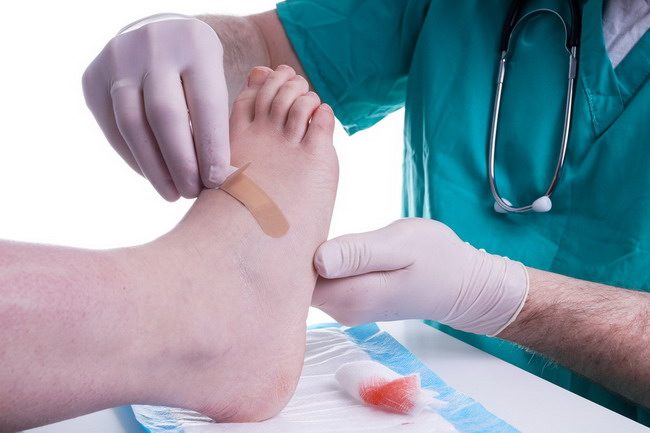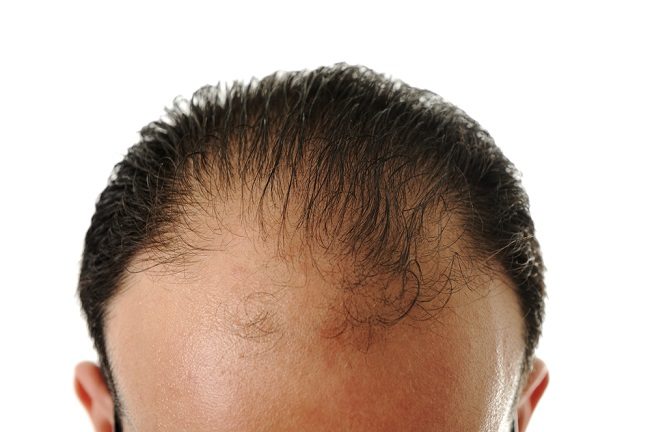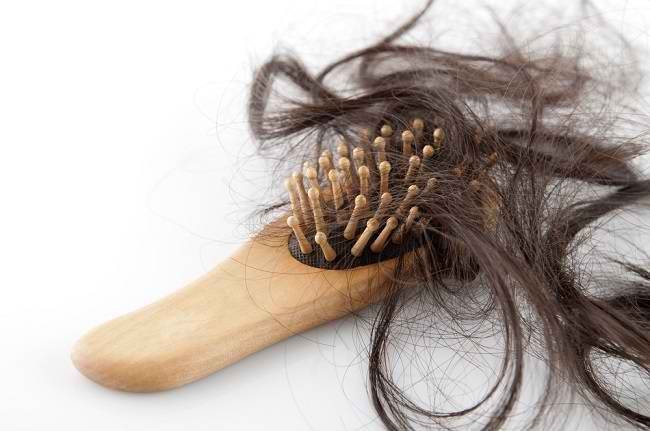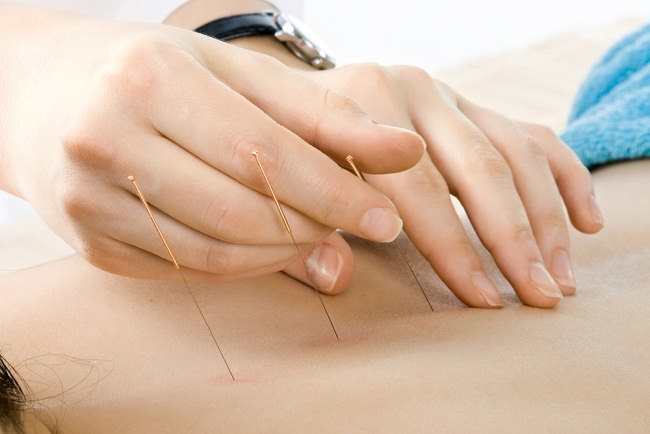Diabetics in Indonesia often categorize the disease into two types, namely dry diabetes and wet diabetes. In the medical world itself, there is actually no term dry or wet diabetes.In general, there are three types of diabetes, namely type 1 diabetes, type 2 diabetes, and gestational diabetes during pregnancy. Although the types of diabetes are different, these conditions both indicate that a person has high sugar levels in the blood.

Causes of Wounds in Diabetes Difficult to Heal
Diabetes often makes sufferers susceptible to wounds that do not heal, especially in the legs. Indonesians often equate this condition as wet diabetes. The slightest wound in diabetics must be treated immediately. The reason is, diabetic wounds that are not immediately resolved can turn into diabetic ulcers, which often occur on the feet of diabetics. In some cases, the ulcer is so severe that a diabetic's leg has to be amputated.
There are several factors that can make the wound difficult to heal, namely:
- Poor blood circulationHigh levels of sugar in the blood can lead to various complications. One of them is narrowing of the arteries or peripheral artery disease. This condition makes the flow of blood from the heart to all parts of the body becomes blocked, so the supply of oxygen and nutrients becomes difficult to channel throughout the body. In fact, injured body parts really need oxygen and nutrients contained in the blood to speed up the healing process.
- Decreased immune systemIncreased levels of sugar in the blood cause the cells that are in charge of maintaining the immune system to weaken. Therefore, even a small cut can lead to a serious infection. If you have this, the immune cells can not heal or dry wounds quickly in diabetics.
- Nerve damageOne of the factors of difficulty in healing or drying wounds in diabetics is neuropathy (nerve damage). Neuropathy is a condition in which the body can't feel something or is numb. This is because the nerves in the body have been damaged due to high blood sugar levels, which causes nerve tissue to not get enough blood flow. Usually this condition is more common in the feet and hands. Because you don't feel any pain in the injured area, you may not notice if the wound is rubbing, getting worse, or a new one forming.
Penitentiary Wound Treatmentsuffering Diabetes
Unlike normal people, diabetics need to be careful if their limbs are injured, especially in the legs, because the slightest injury if not handled properly can harm the overall condition of the body.
The following is first aid for wound care in diabetics:
- Clean the wound area from dirt using soap and running water, regularly. After the wound is clean, apply an antibiotic ointment to the injured leg. Then cover the wound with a sterile bandage.
- Avoid using antiseptic drugs, wound cleaning fluids that contain alcohol, or products made from iodine. These products actually cause irritation to your skin.
- Avoid wearing narrow shoes that put pressure on your feet. Excessive pressure on the injured area allows the wound to get worse.
- Keep the blood flow smooth, by raising the legs and maintaining a straight leg position so that blood flow is not further disturbed.
- Always pay attention to signs of infection that appear in the wound. Symptoms of infection can include pain, redness, pus appears, the wound site feels hot and swollen, and fever.
Keep in mind, if the wound on the leg does not heal after getting self-care, it is advisable to immediately consult a doctor, so that the wound does not get worse and becomes difficult to treat.
Preventing Injuries to the Pensuffering Diabetes
Given the risk of developing wounds in diabetics is too high, it is better to take precautions before the wound occurs. Here are things you can do as a precaution:
- Regularly clean your feet using warm water. After that, dry the entire body, especially between the toes. Use lotion to keep skin moisturized.
- Gently rub the surface of the foot with a pumice stone or a special tool to smooth the surface of the foot. This can also be done as a precaution against the appearance of calluses and eyelets on the feet.
- Always use footwear when you are outside or inside the house. This aims to avoid injury to the foot. Avoid wearing socks that are too tight because they can reduce blood flow.
- Avoid wearing uncomfortable shoes, such as high heels. Instead, choose shoes that have a heel cushion and are larger than your foot.
- Trim your nails carefully. This is intended to avoid foot injury due to exposure to nail clippers. Ask others for help, if you are unable to cut your own nails.
- Check the condition of the feet every day, make sure the condition of the feet is normal and there are no signs of wounds and infections.
In addition to preventing injuries as described above. You also need to manage diabetes by eating a healthy diet, not smoking, and exercising regularly.
Also remember, the term dry diabetes or wet diabetes doesn't actually exist in medical terms. Regardless of the type of diabetes, you should still see a doctor to get a complete health examination and appropriate treatment. If there are diabetic wounds and it is difficult to treat them at home, you can go to the nearest hospital or health facility for wound care.










